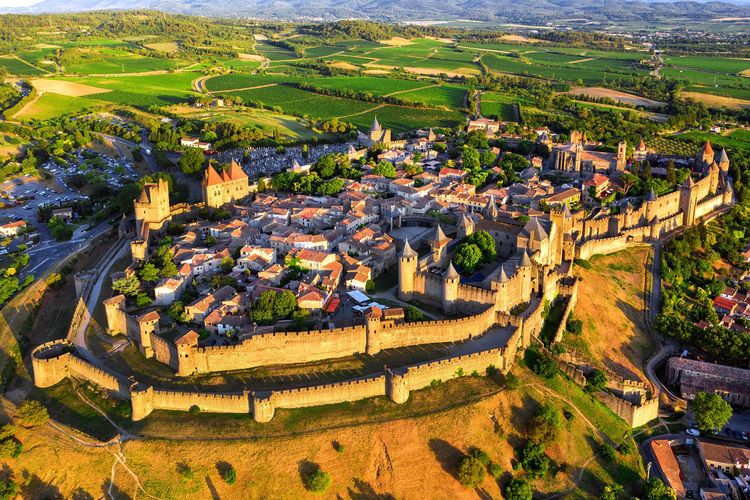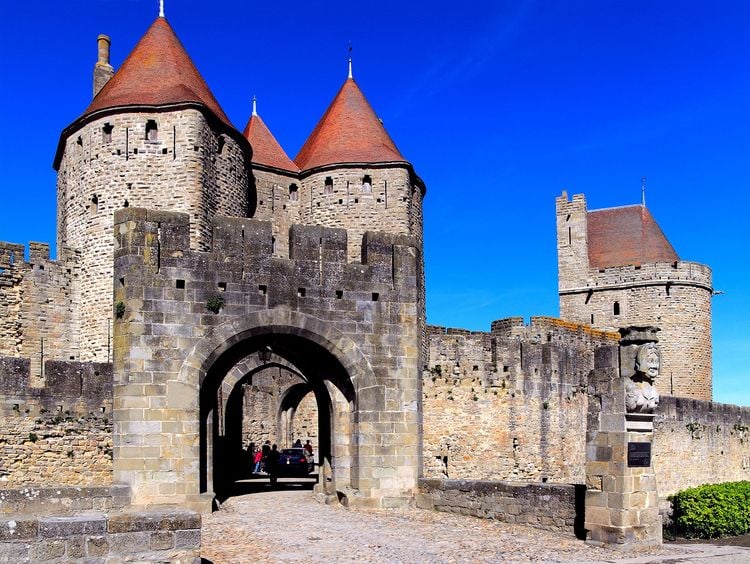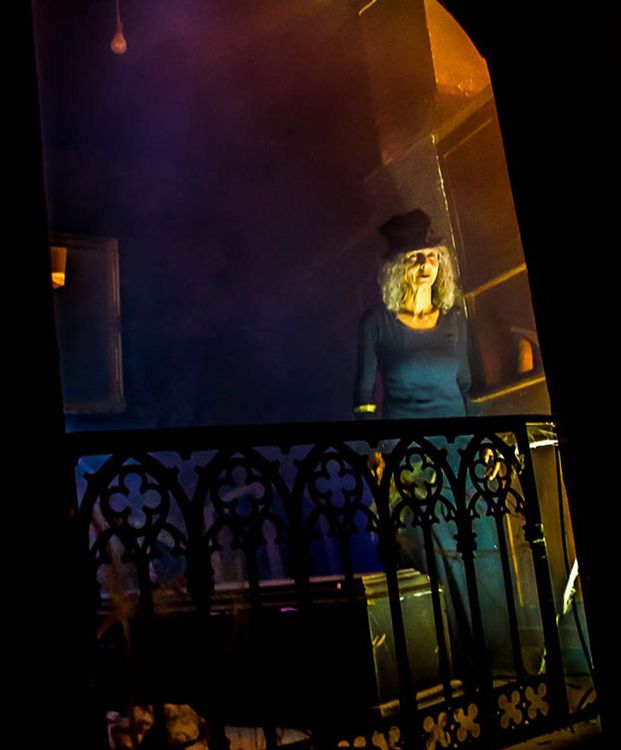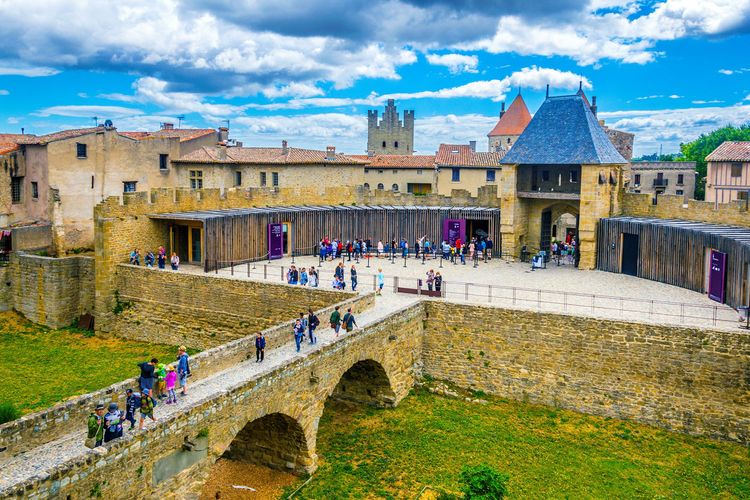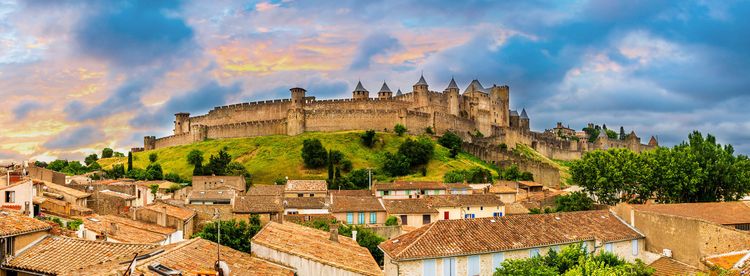To discover the medieval town, click here.
Free access to the town, 24 hours a day, via the Narbonnaise Gate and the Aude Gate.
👉 Guided tours by accredited guides are offered by the Tourist Office all year round, during the day and in the evening!
👉 Free for under-25s.
👉 Free admission every 1st Sunday of the month - from 1 January to 31 March and from 1 November to 31 December.
You can visit them on 2 indoor tours (with your castle + ramparts ticket):
👉 The Gallo-Roman north rampart and its towers.
👉 The western medieval ramparts: the Bishop's Square Tower, the Inquisition Tower, the Basilica of Saint Nazaire, the theatre and the Pyrenees.
Guided discovery tour (guided, castle/museum): 1 hour + self-guided tour 45 minutes, i.e. 1 hour 45 minutes. Adults: €13, 7-18 years: €8, under-7s free.
Conference tour: (guided, medieval ramparts + castle) 1hr 30mins + 15mins self-guided tour, i.e. 1hr 45mins.
The castle and ramparts are open daily from 9.30am to 5pm and from 10am to 6. 30pm between April and September 👉 Closed on 1 January, 1 May, 1 and 25 December.
Please also note the following restrictions:
👉 Pushchairs are not allowed on the monument; no storage space is available. It is advisable to use a baby carrier.
👉 Animals are not allowed inside the castle.
👉 There is no luggage storage in the grounds.
👉 Eating and smoking are prohibited in the monument.
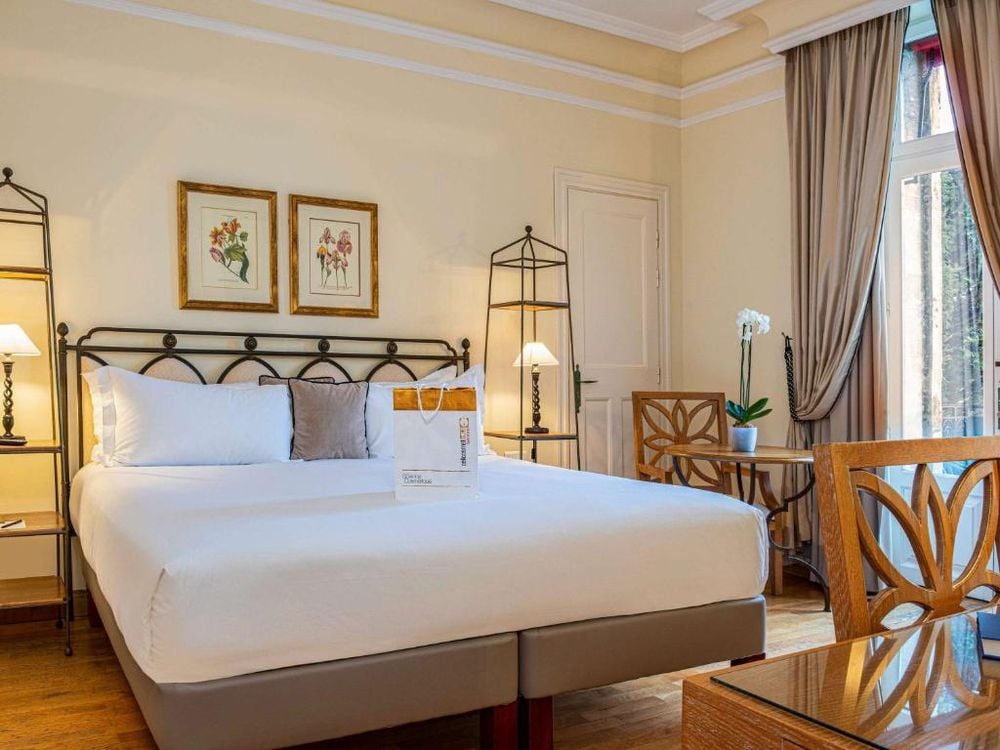 Carcassonne
Carcassonne
